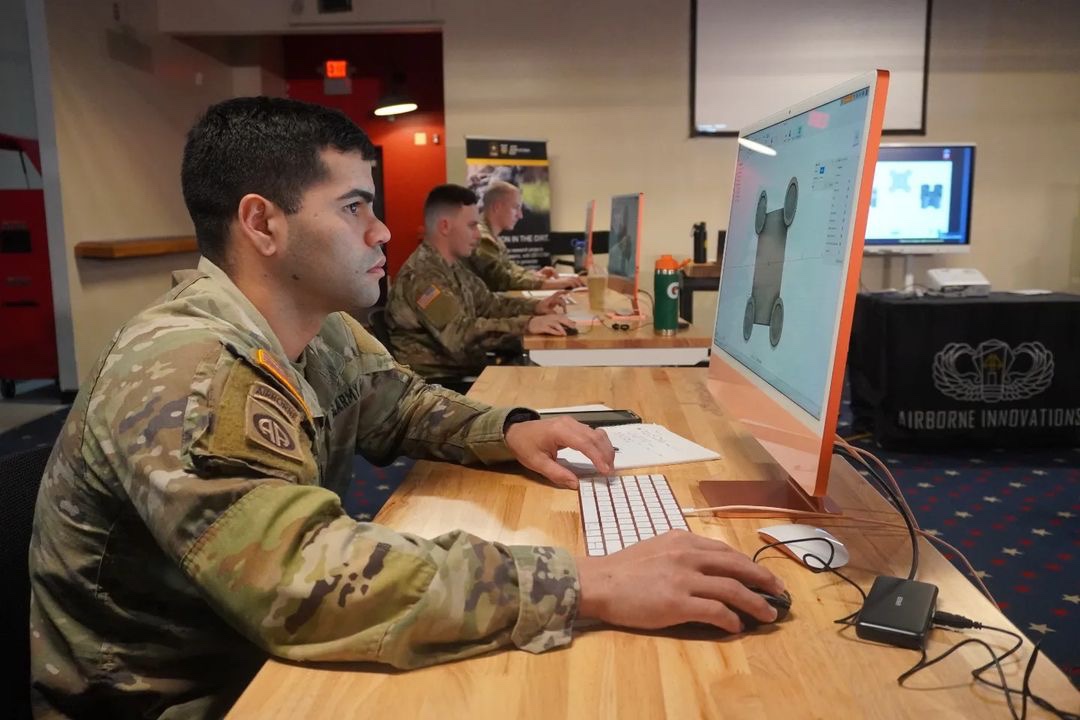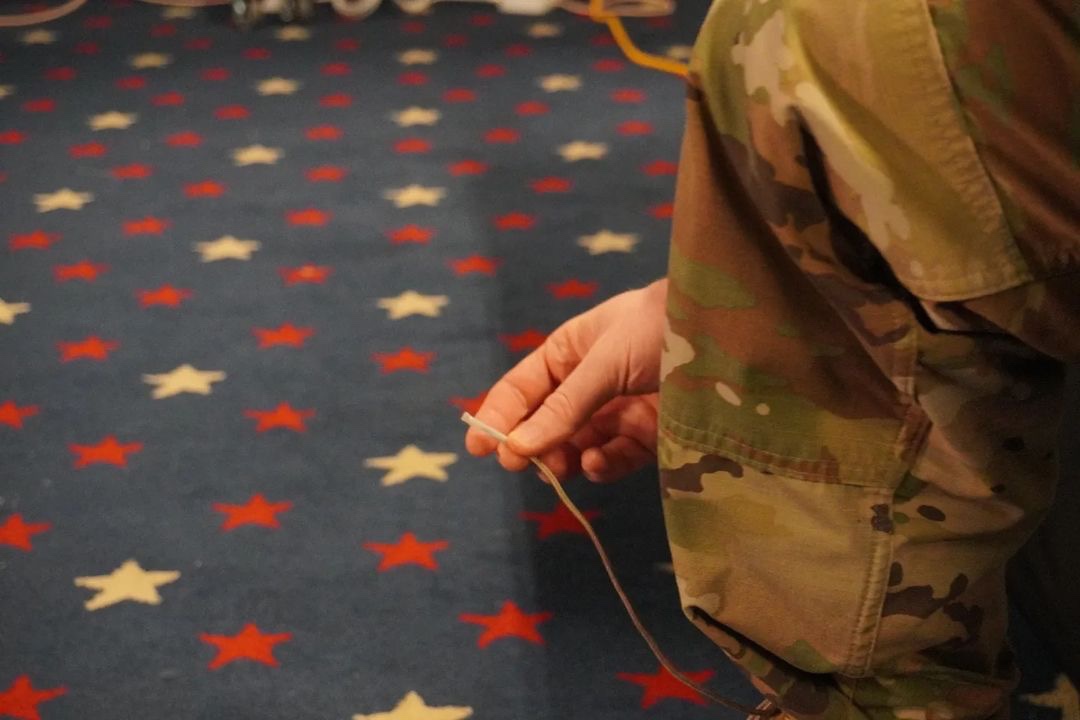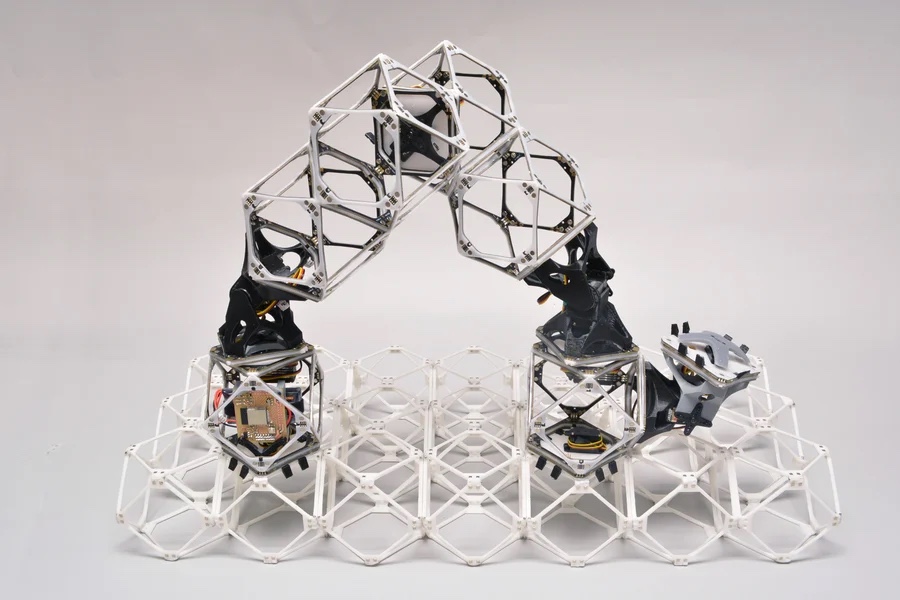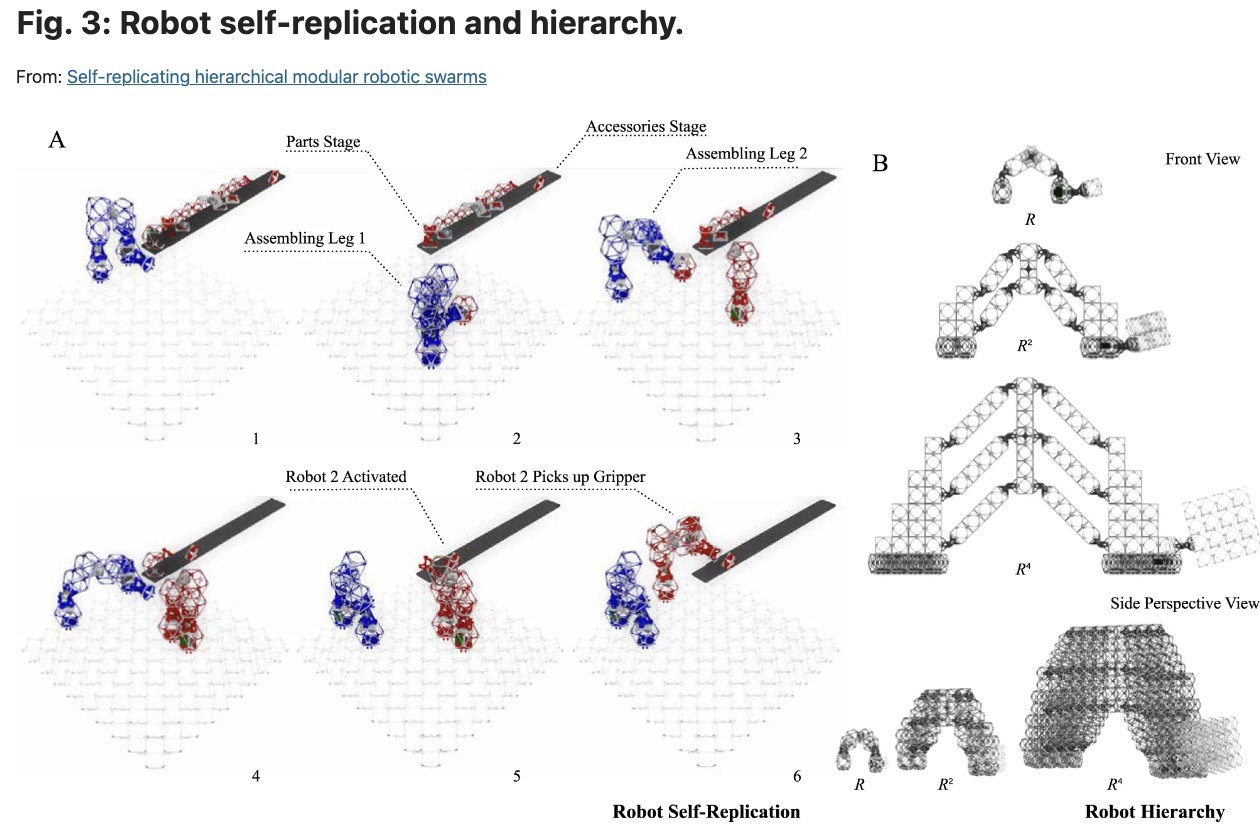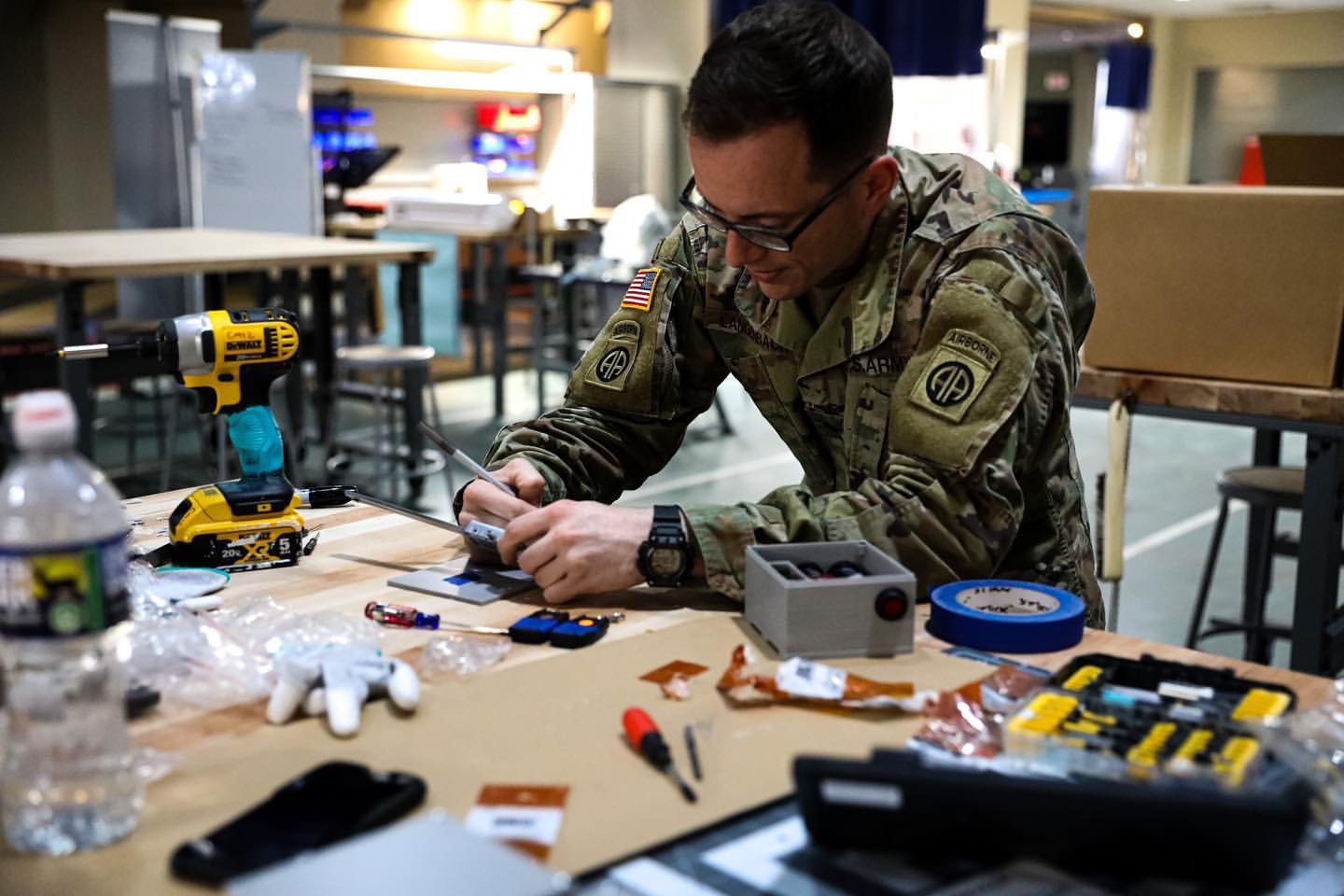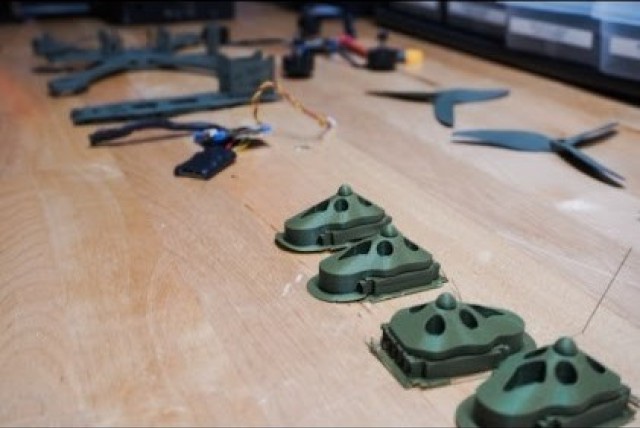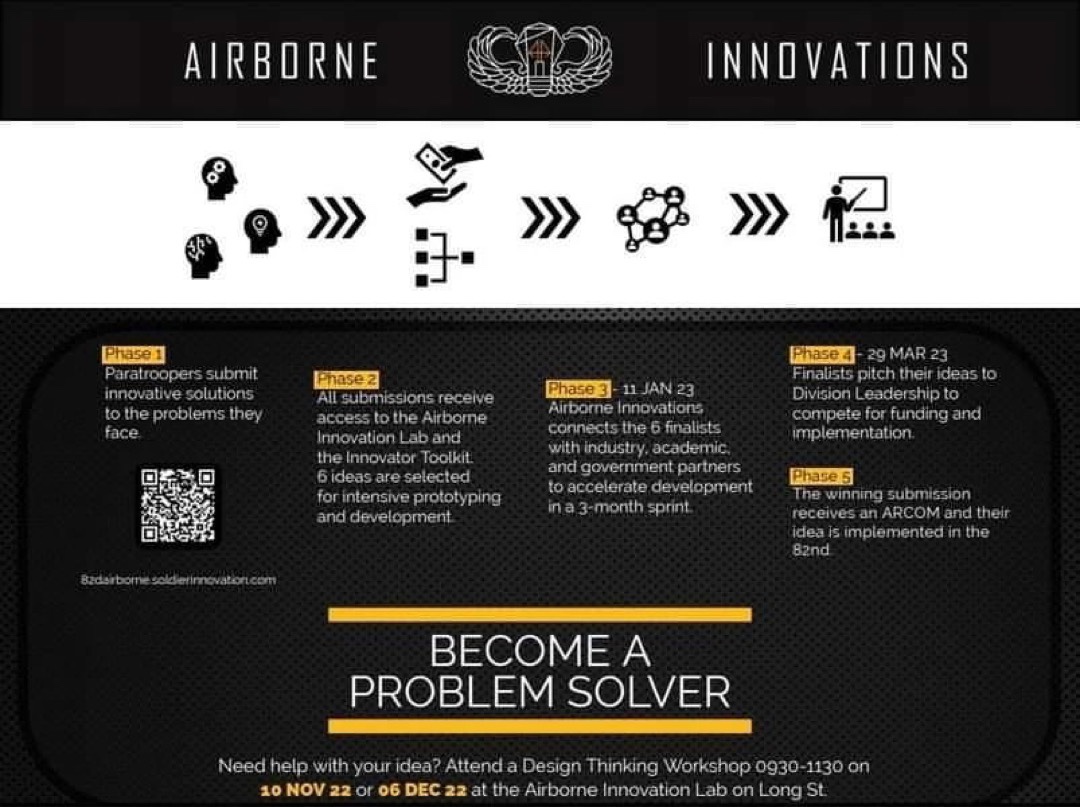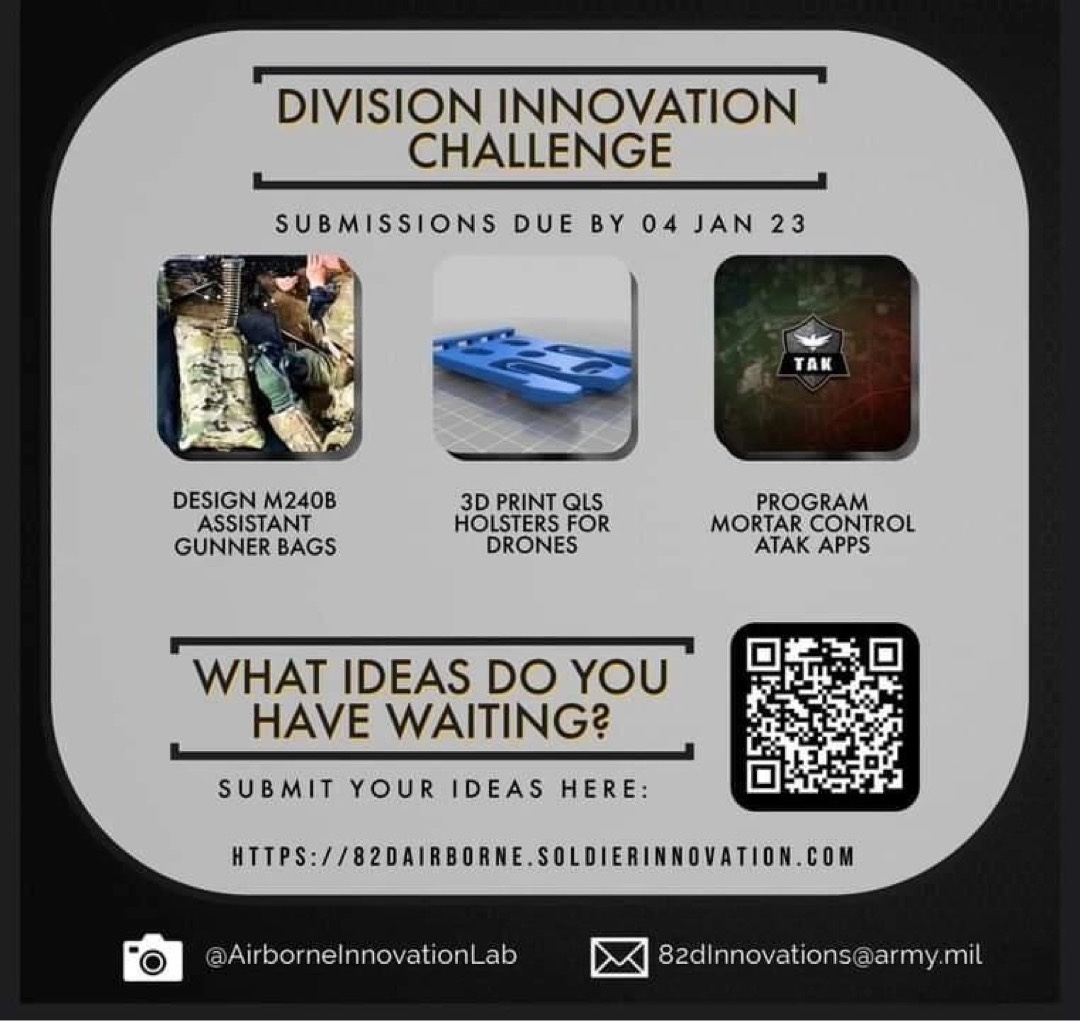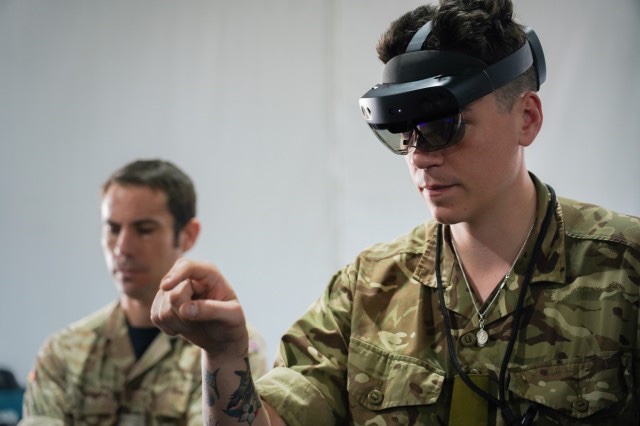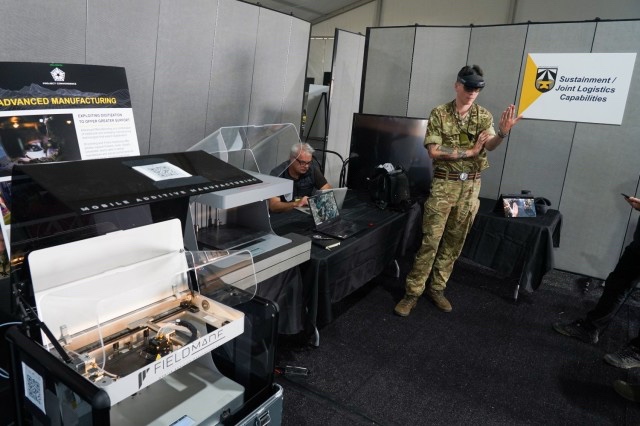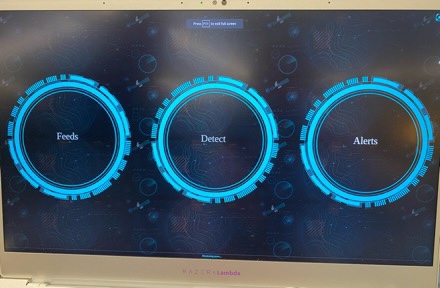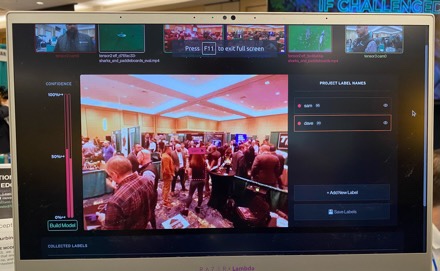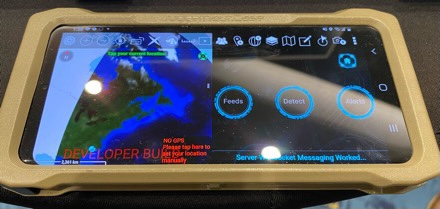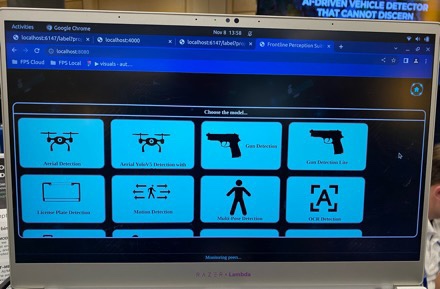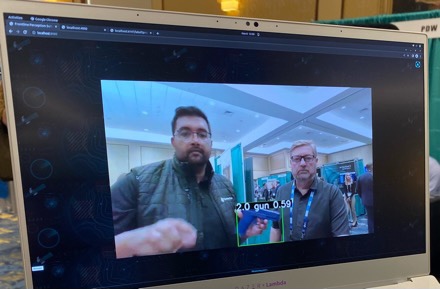Joint Venture in More Than 10 Cities Will Enforce U.S. Laws Protecting U.S. Advanced Technologies from Illegal Acquisition and Use by Nation-State Adversaries
Today, the Department of Justice and the Department of Commerce are launching the Disruptive Technology Strike Force. Under the leadership of the Justice Department’s National Security Division and the Commerce Department’s Bureau of Industry and Security (BIS), the strike force will bring together experts throughout government – including the FBI, Homeland Security Investigations (HSI) and 14 U.S. Attorneys’ Offices in 12 metropolitan regions across the country – to target illicit actors, strengthen supply chains and protect critical technological assets from being acquired or used by nation-state adversaries.
“Today, autocrats seek tactical advantage through the acquisition, use, and abuse of America’s most innovative technology. They use it to enhance their military capabilities, support mass surveillance programs that enable human rights abuses and all together undermine our values,” said Deputy Attorney General Lisa O. Monaco. “Using real-time intelligence and 21st century data analytics, the Disruptive Technology Strike Force will bring together the Justice and Commerce Departments’ expertise to strike back against adversaries trying to siphon off our most advanced technology, and to attack tomorrow’s national security threats today.”
“The Department of Commerce’s Bureau of Industry and Security remains steadfast in our coordination with our federal partners at the Department of Justice and vigilant in our enforcement of our export controls,” said U.S. Deputy Secretary of Commerce Don Graves. “This interagency strike force will further strengthen this shared national security priority.”
“Illegally exporting sensitive technology is not an abstract economic concern — it is a crime with a direct impact on the safety of the American people,” said FBI Deputy Director Paul Abbate. “To be clear, adversaries are directly threatening our national security. These crimes have the potential to de-stabilize American economic security, negatively impact American businesses, and affect employment. The FBI looks forward to amplifying our collective capability to combat the threat through the DIS-TECH Strike Force — a partnership that will serve as a force multiplier to the work involving each participating agency.”
The strike force will be co-led by Assistant Attorney General Matthew G. Olsen of the Justice Department’s National Security Division and Assistant Secretary for Export Enforcement Matthew Axelrod of the Commerce Department’s Bureau of Industry and Security.
When acquired by nation-state adversaries such as the People’s Republic of China, Iran, Russia, and North Korea, advanced technologies can be used in new or novel ways to enhance their military capabilities or support mass surveillance programs that enable human rights abuses. End users of national security concern seek technologies, including those related to supercomputing and exascale computing, artificial intelligence, advanced manufacturing equipment and materials, quantum computing, and biosciences. Although they have important commercial uses, technologies in these fields can threaten U.S. national security when used by adversaries for disruptive purposes, such as improving calculations in weapons design and testing; improving the speed and accuracy of military or intelligence decision-making; and breaking or developing unbreakable encryption algorithms that protect sensitive communications and classified information.
“The Disruptive Technology Strike Force takes aim at those who imperil our national security and the rule of law by illegally transferring sensitive technologies to foreign adversaries,” said Assistant Attorney General Matthew G. Olsen. “We must remain vigilant in enforcing export control laws, which defend military readiness, preserve our technological superiority over our adversaries, and help to protect human rights and democratic values.”
“Advances in technology have the potential to alter the world’s balance of power,” said Assistant Secretary for Export Enforcement Matthew S. Axelrod. “This strike force is designed to protect U.S. national security by preventing those sensitive technologies from being used for malign purposes.”
The strike force’s work will focus on investigating and prosecuting criminal violations of export laws; enhancing administrative enforcement of U.S. export controls; fostering partnerships with the private sector; leveraging international partnerships to coordinate law enforcement actions and disruption strategies; utilizing advanced data analytics and all-source intelligence to develop and build investigations; conducting regular trainings for field offices; and strengthening connectivity between the strike force and the Intelligence Community.
In addition to the National Security Division and the Bureau of Industry and Security, this strike force will be comprised of officials from designated U.S. Attorneys’ Offices throughout the country, the FBI and the Department of Homeland Security’s Homeland Security Investigations (HSI).
“HSI remains committed to our interagency partners and will continue to work tirelessly on behalf of the American people to ensure sensitive technologies and proprietary information do not fall into the hands of our adversaries,” said Acting Executive Associate Director Steve Francis of Homeland Security Investigations.
The strike force will operate in 12 metropolitan regions across the United States, with oversight and support from the local U.S. Attorneys’ Offices in Atlanta, Boston, Chicago, Dallas, Houston, Los Angeles, Miami, New York City (Southern and Eastern Districts of New York), San Jose, California, Phoenix, Portland, Oregon, and the Washington, D.C. region (District of Columbia and the Eastern District of Virginia).




